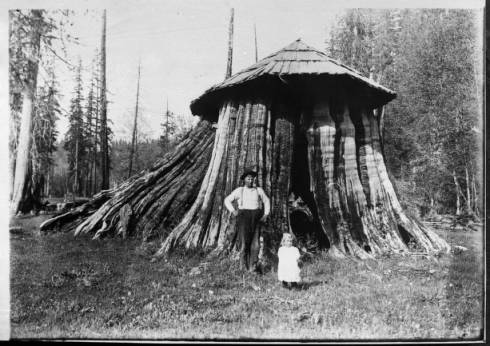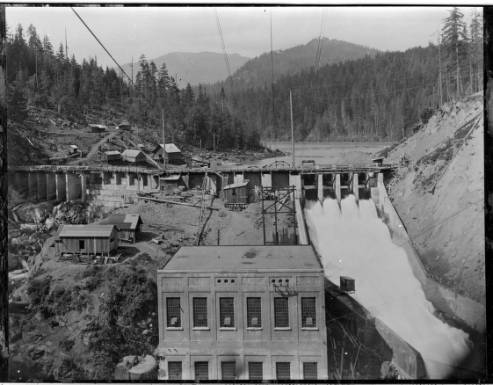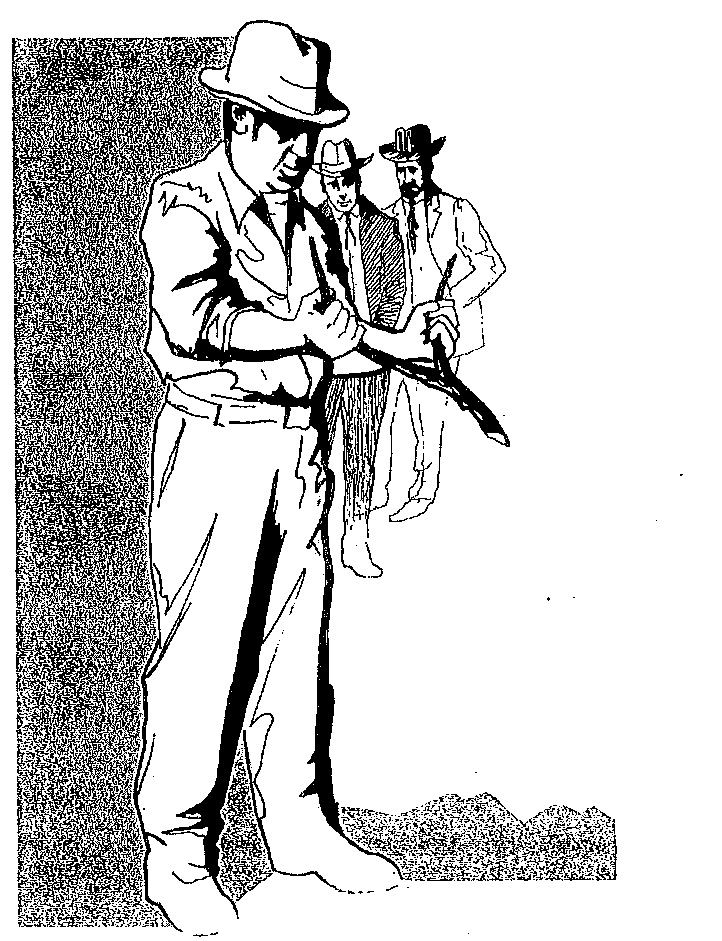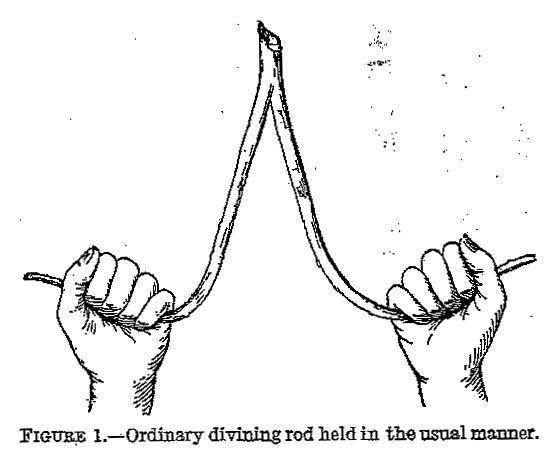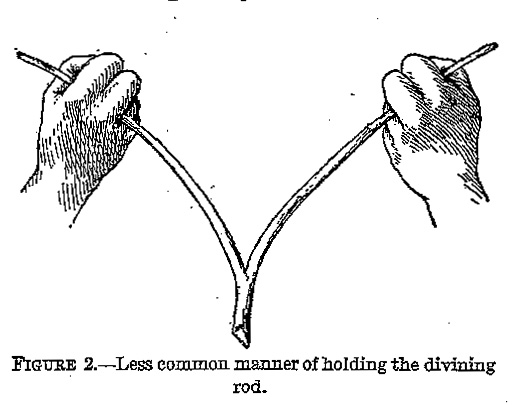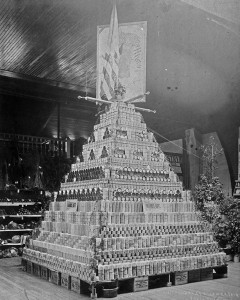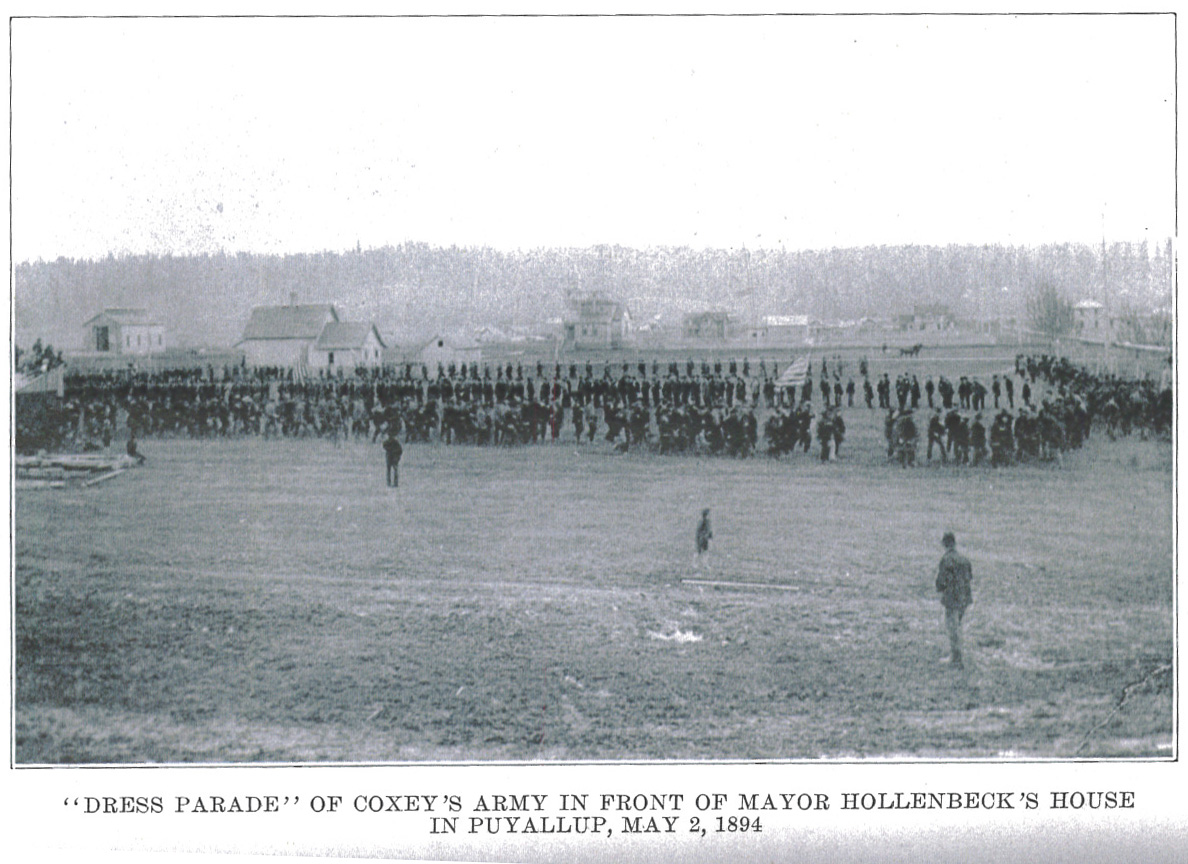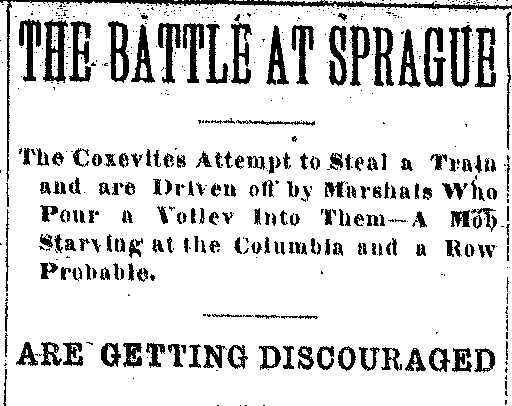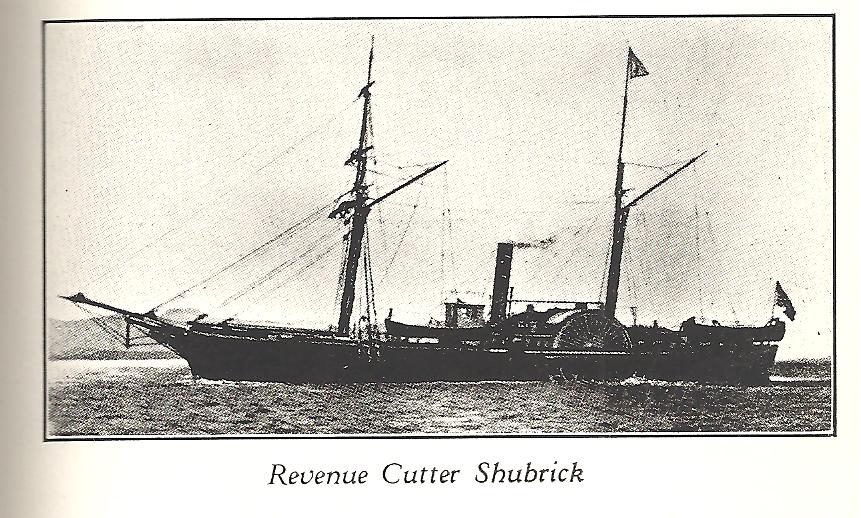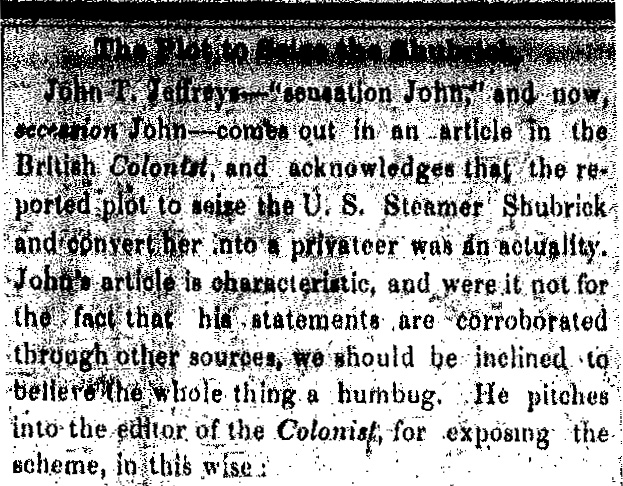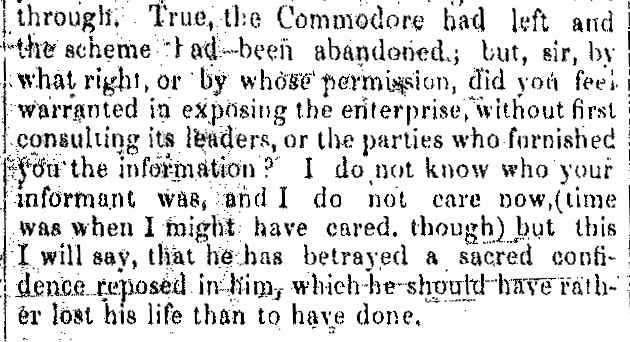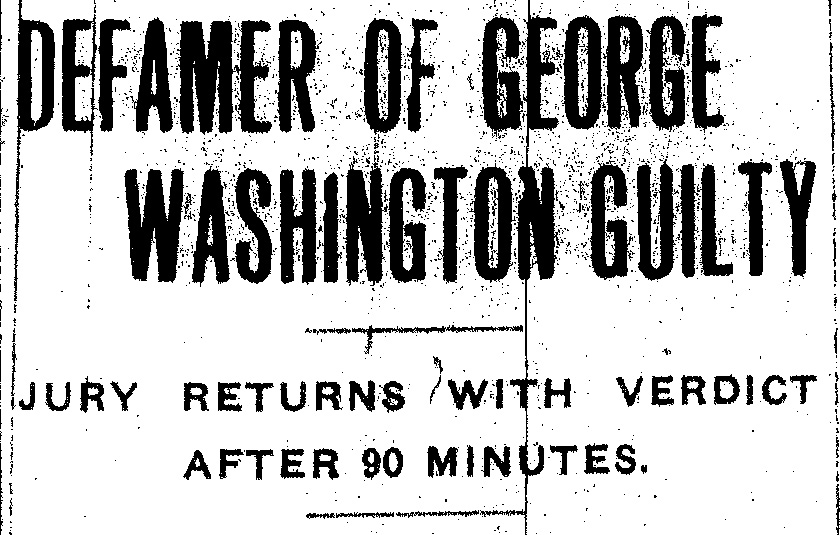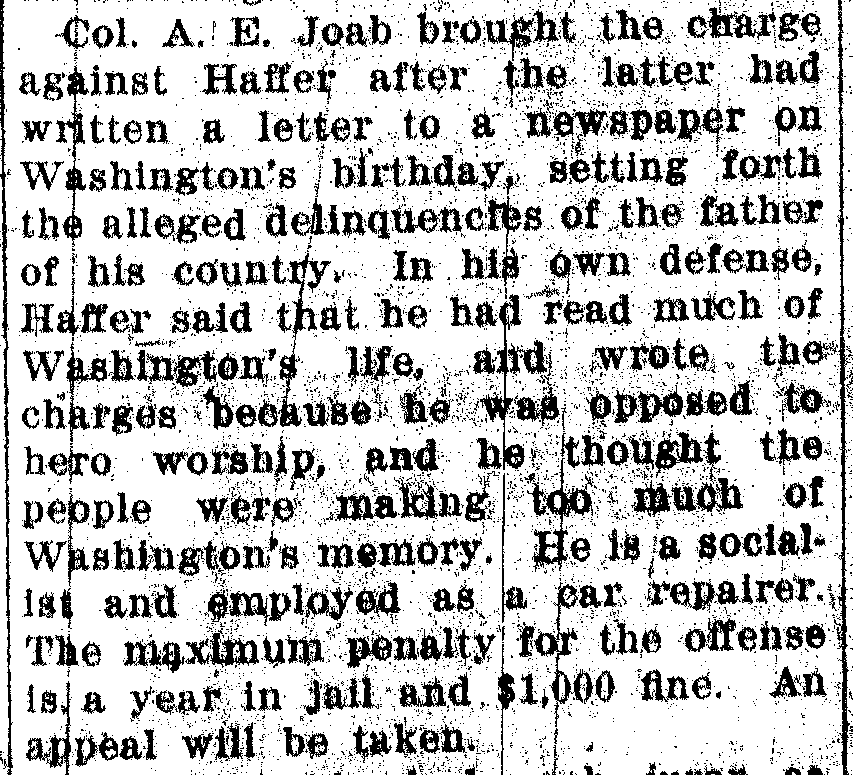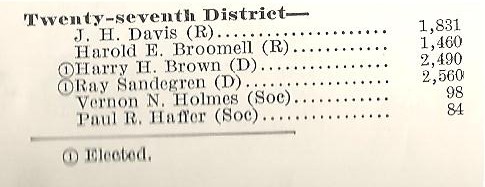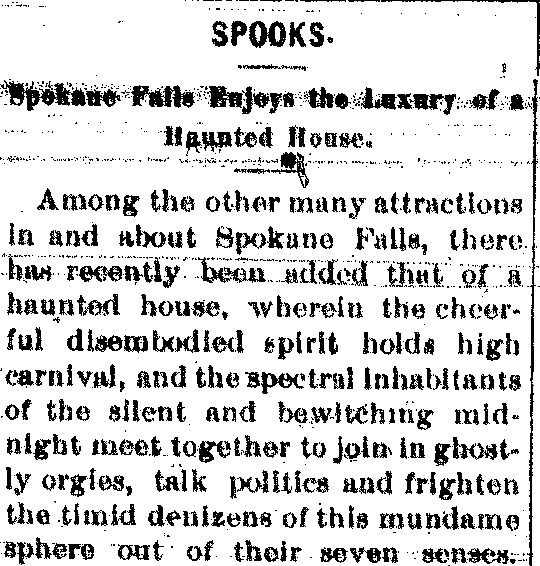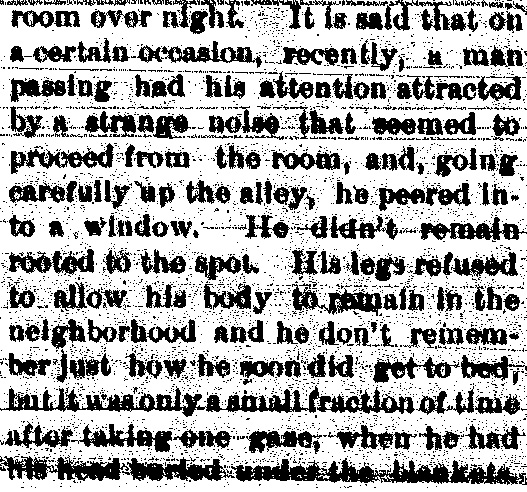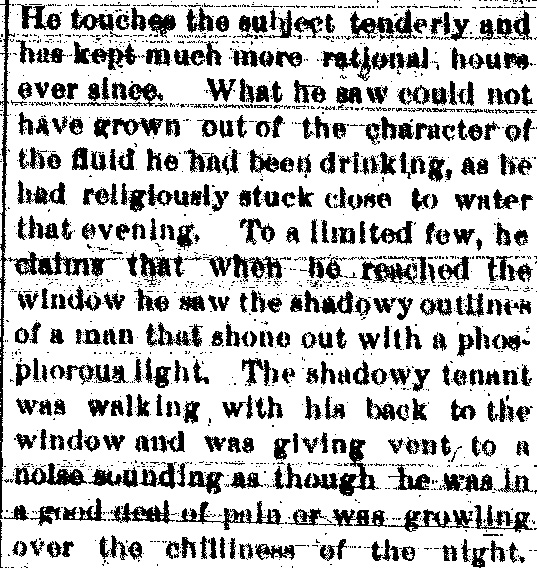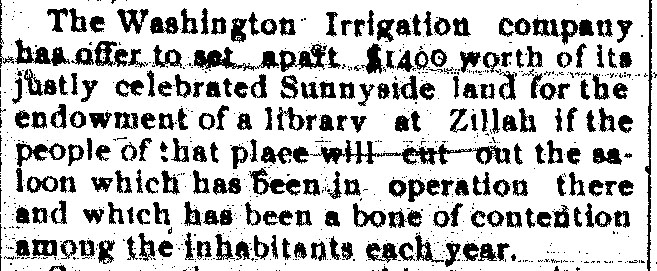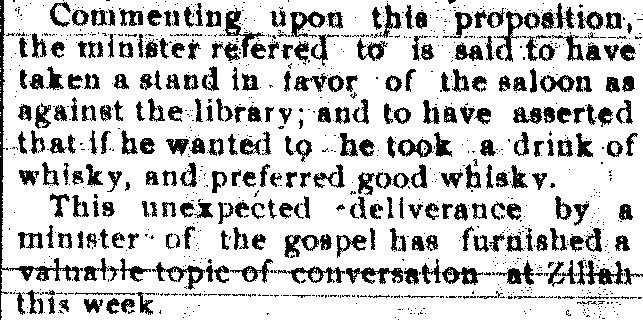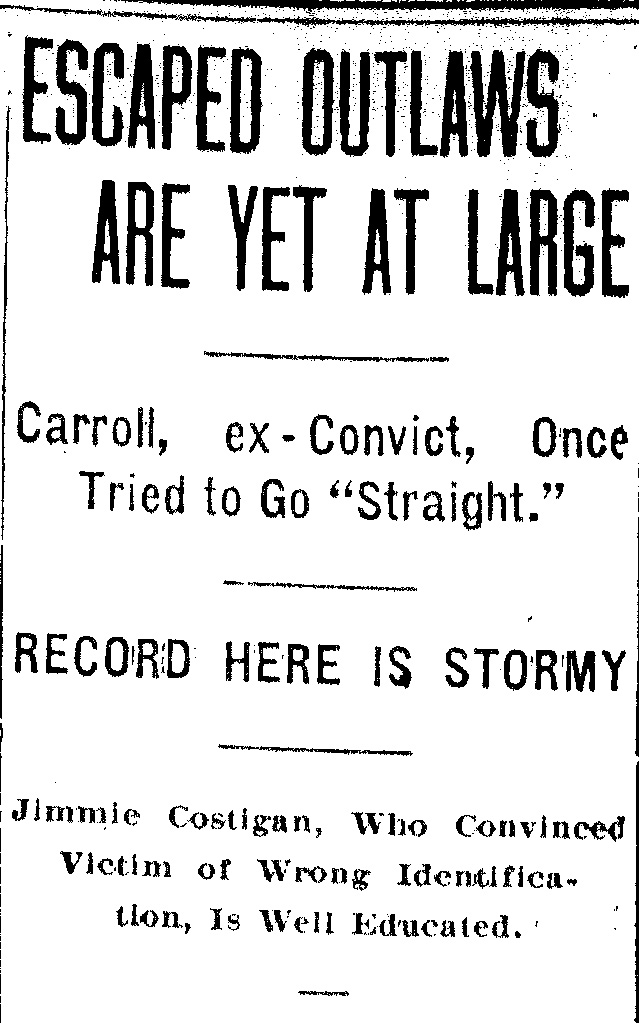
From the desk of Steve Willis, Central Library Services Program Manager of the Washington State Library:
The term “yegg” really has some power to it and was used frequently by reporters in the course of telling the story of Blackie Carroll and Irish Slim. Melisa Sevall, a Public Services librarian who had worked in the Coyote Ridge Corrections Center Library before the WSL Central Library staff, pointed me to the reference work, Language of the Underworld / by David W. Maurer (1981). A “Yegg” can be a desperate sort of criminal and burglar, but more specifically (and certainly in our case study) a safecracker.
Our customers are frequently surprised to learn that in addition to having Washington newspapers on thousands of reels of microfilm, we also include a few out-of-state newspapers culturally tied to our history. We have several newspapers from Oregon, Idaho, British Columbia, and Alaska. The following piece from The Morning Oregonian of Sept. 12, 1921 demonstrates how their news beat went across state lines:
ESCAPED OUTLAWS ARE YET AT LARGE
Carroll, ex-Convict, Once Tried to Go “Straight.”
RECORD HERE IS STORMY
Jimmie Costigan, Who Convinced Victim of Wrong Identification, Is Well Educated.
“The jailbreak at Montesano of James (‘Blackie’) Carroll, expert safecracker and ex-convict, who openly boasted a few months ago that he would have Portland overrun this winter with yeggs and highwaymen, recalls the record of the outlaw in Portland. Police posters containing his picture and offers of reward for his capture were received at police headquarters yesterday.”
“With Carroll in his escape from the Montesano jail was Jimmie Costigan, alias ‘Irish Slim,’ reputed to be one of the nerviest highwaymen now operating along the Pacific slope. Both were awaiting sentence of life imprisonment as habitual criminals.”
Chief Accepts Defi
“‘Blackie’ Carroll ostensibly had decided to go ‘straight.’ He opened up a soft-drink establishment in the north end about a year ago. But the only thing soft about the place was the ‘pickings,’ as his dive soon became known as one of the worst bootlegging hangouts in the north end.”
“Carroll was repeatedly arrested and convicted of bootlegging. Finally he sent word to Chief of Police Jenkins that if he were not allowed to sell liquor openly at his establishment he would see that Portland became infested with yeggs and crooks. The chief accepted the defi and compelled ‘Blackie’ to close up shop.”
“After Carroll had been released from jail the last time here he disappeared. A few weeks later he was arrested at Montesano with ‘Irish Slim’ while in the art of blowing a safe. Their conviction as habitual criminals followed.”
Costigan Four-Time Loser.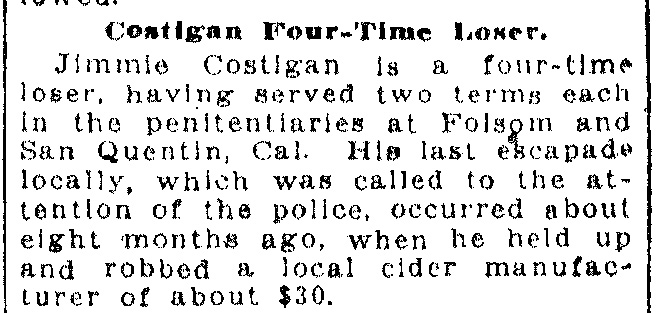
“Jimmie Costigan is a four-time loser, having served two terms each in the penitentiaries at Folsom and San Quentin, Cal. His last escapade locally, which was called to the attention of the police, occurred about eight months ago, when he held up and robbed a local cider manufacturer of about $30.”
“This man picked out ‘Slim’ in the north end the next day and had the police take him into custody. The identification was positive, it was said at the time of the arrest.”
“When the case came before Municipal Judge Rossman on preliminary hearing, ‘Irish Slim” put up such a good front that his victim wavered in his identification. Judge Rossman declined to hold the suspect unless the complaining witness was certain of his identity.”
Victim Is Convinced.
“Finally it was agreed that the complaintant and ‘Irish Slim’ would retire to a secluded room and there discuss the case. A few minutes later the cider manufacturer returned to court and asked that the prisoner be discharged.”
“It was not until several weeks later that the police learned how ‘Irish Slim’ had convinced his victim that a mistake had occurred. During the four terms he served in the California prisons time naturally hung heavy for the convict. He took up a correspondence school education and by the time he had finished his last ‘bit’ had won a few correspondence school degrees.”
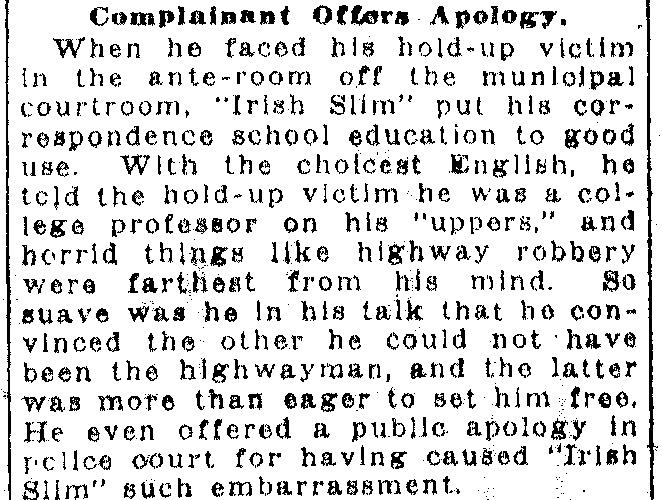 Complaintant Offers Apology.
Complaintant Offers Apology.
“When he faced his hold-up victim in the ante-room off the municipal courtroom, ‘Irish Slim’ put his correspondence school education to good use. With the choicest English, he told the hold-up victim he was a college professor on his ‘uppers,’ and horrid things like highway robbery were farthest from his mind. So suave was he in his talk that he convinced the other he could not have been the highwayman, and the latter was more than eager to set him free. He even offered a public apology in police court for having caused ‘Irish Slim’ such embarrassment.”
“Although ‘Blackie’ Carroll has promised Portland a carnival of crime this winter, it is believed he will not be so bold as to return here to attempt to direct any of the work. His face is too familiar with practically every member of the police bureau for him to chance arrest by returning to Portland.”
Earlier in his life Blackie had been the leader of a crime syndicate known as the Bozee Boys, who rode the rails and went from town to town blowing up safes with nitroglycerin. Born around 1877-1878, Blackie was a career criminal who had previously served prison terms in Salem, Oregon and in San Quentin where he was released in July 1919. He was also known as Tom Carey. Carroll did indeed operate a “soft drink” place at 241 1/2 Couch St. in Portland for a few months before selling it in 1921.
James “Irish Slim” Costigan claimed he was a San Francisco based sailor originally from Plymouth, England. He was also known as James H. Ward, James Grant, James Brophy, James Dwyer, James Murray, and John Keating. A professional burglar and bold robber, Irish Slim had spent two prison terms in Folsom and two in San Quentin, a total of 11 years.
By poking around the Hoquiam’s newspaper, Grays Harbor Daily Washingtonian, and also the Montesano Vidette, I was able to piece together a bit more of the story.
In May, 1921, Blackie and Irish Slim formed a gang with forger Fred Morgan (aka Cecil Hill, released from prison in Salem in 1919) in Centralia, Washington. Blackie was wanted for a warehouse robbery in Astoria, Oregon at the time. The trio rode the rails to Hoquiam and decided to blow the safe in a steam laundry.
In the wee hours of May 4, 1921, the yeggs broke into the laundry, set two charges of nitro, and piled clothes over the safe to muffle the noise of the explosion. The charge was a bit too strong, blowing the safe door into the safe itself. They were quickly captured, and within two months were convicted. But as we saw, the Grays Harbor County jail could not hold Blackie and Irish Slim for too long. They broke the bars of their cell and vanished into thin air.
Did Blackie return to Portland to make good on his promise to deliver a “carnival of crime”? On the Christmas after his escape from Montesano, a night watchman identified the two yeggs who tied him up and then blew the safe of a cardroom (netting $1500) as Blackie Carroll and “Jingling” Johnson.
Although I found no record of the fate of Irish Slim, Blackie made his way to Missouri, where he was convicted of burglary in 1923 under the name James Ryan, and sentenced to the state prison. The last record I can find for him was in 1925, when he was returned to Montesano to serve out the rest of his term in the Grays Harbor County jail. He was 44 years old, probably making him one of the senior yeggs in the business.
